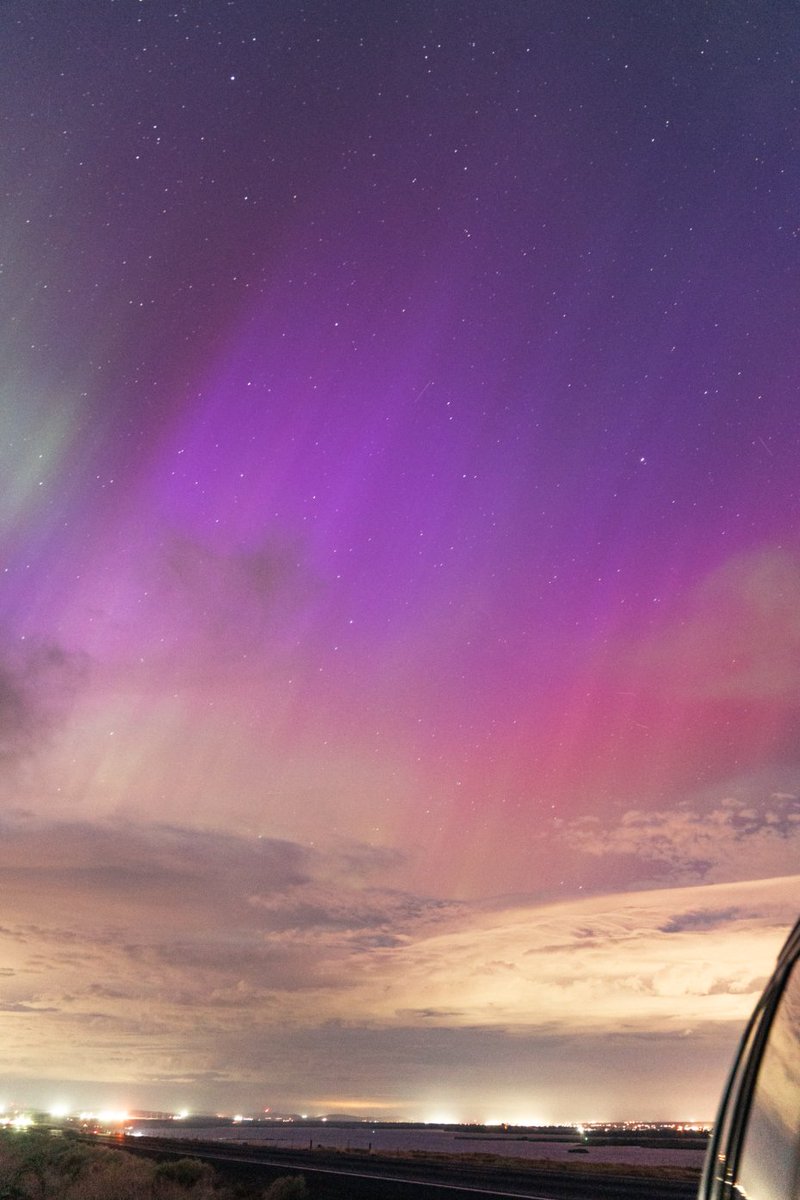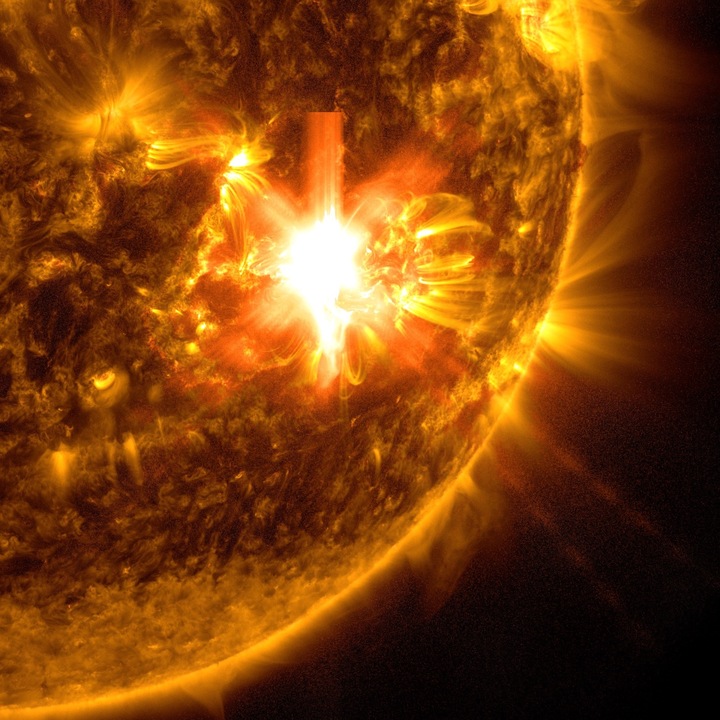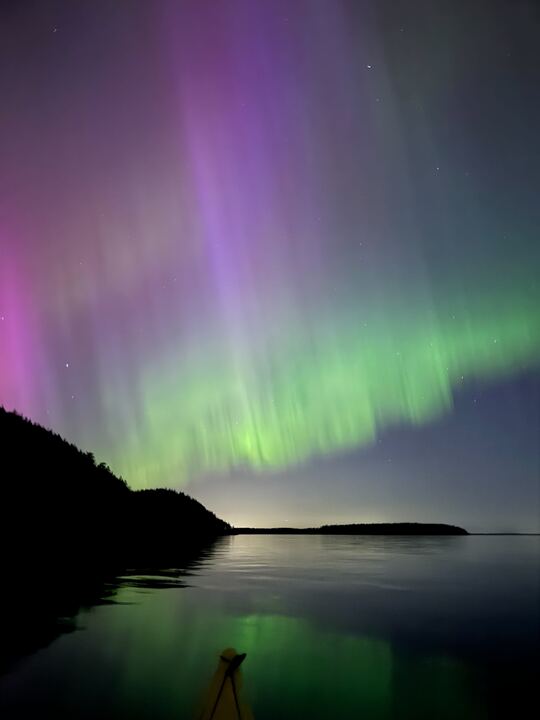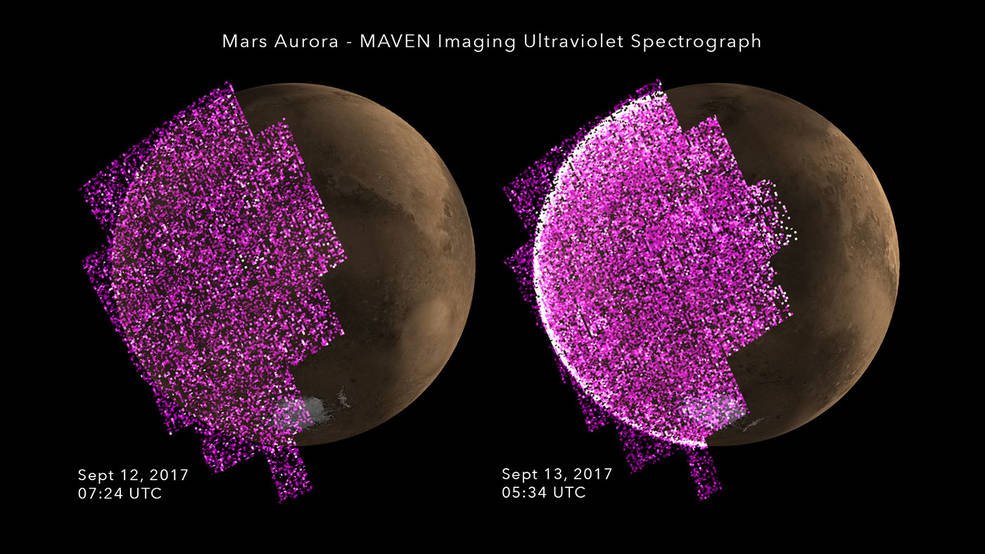
We study the Sun and its effects on Earth and other worlds, helping protect astronauts, satellites, and more.
Verification: https://t.co/hzwST9WxPw
How to get URL link on X (Twitter) App


 For a brief period during the storm, a two-way “highway” formed between the Sun and Earth.
For a brief period during the storm, a two-way “highway” formed between the Sun and Earth. 
 White: Cloud vortices off Heard Island (south Indian Ocean)
White: Cloud vortices off Heard Island (south Indian Ocean)


 There are two things we call solar eruptions: solar flares and coronal mass ejections (CMEs). They often occur together, but not always.
There are two things we call solar eruptions: solar flares and coronal mass ejections (CMEs). They often occur together, but not always.